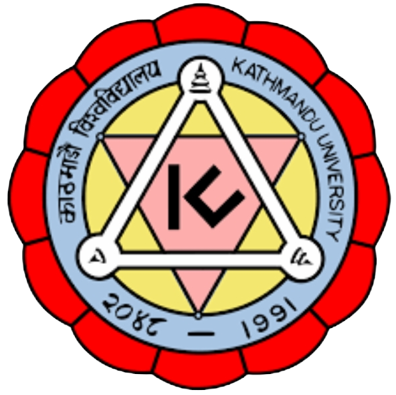Resources
Center for Electric Power Engineering (CEPE) utilizes the resources available at the Department of Electrical and Electronics Engineering (DoEEE), KU for research activities and test facilities. One of the major objectives of CEPE is to enhance the capacity of the existing laboratories by repairing the non-working ones, as well as adding new instruments. The establishment project funded by EnergizeNepal mainly focuses on the development of High Voltage Laboratory and Lighting Laboratory.
1. High Voltage Lab:
The High Voltage Lab was designed and constructed in cooperation with NTNU, Norway. The major system in the laboratory comprises of High Voltage Construction Kit from Haefely Test AG, Switzerland. The kit components are very versatile and several test configurations can be used. Test configurations allow generation of AC voltage up to 100kV, DC voltages up to 140kV and impulse voltages up to 140kV, with different power output ratings. A special HV testing room with needed screening and grounding has been constructed. The laboratory is being used for undergraduate and graduate experiments and project/research works. Also, test facilities like transient overvoltage test, electrical strength test of insulators and insulating materials are being carried out.
2. Lighting Lab:
The Lighting lab is developed for the design and testing of different types of luminaries. The lighting laboratory consists of three integrating spheres with the capacity of measuring an electrical and optical parameter of different sizes of light-sources (AC and DC both). The lighting laboratory also houses a Dark Room: a windowless space dedicated to lighting measurement in a well-controlled laboratory environment. Also, this lab houses a goniophotometer which is used to measure the intensity of light leaving a luminaire at various vertical and horizontal angles. From this information, the photometric light distribution of the luminaire is derived, and quantities such as total lumen output, luminaire luminance, zonal lumen summary and other information that is included in a photometric report can be computed.
The lab also has different lighting booths, where various research activities can be carried out. All the infrastructure in the lighting laboratory allows for a wide range of academic and research exploration.
The laboratory also performs testing services when requested by the lighting industry for consultation purposes. The purpose of this lab is to provide an independent space for research on different aspects of lighting such as light spectrum optimization, daylighting, human-centric lighting, light for cultural and heritage space and many more.
3. Instrumentation and Control Lab
This laboratory is designed to carry out the instrumentation and control engineering laboratory experiment. This is equipped with sophisticated control systems, digital oscilloscopes, 20 MHz function generators, machinery tools and a wide range of measuring instruments.
4. Electronics Lab
This laboratory is designed to facilitate general electronics engineering experiments. The laboratory has workstations each equipped with a signal generator, laboratory power supply, and oscilloscope.
5. Machine Lab
The Machines lab of the department has various moderate-sized motors, generators, transformers, variable power supplies, and other power components. Experiments related to induction, DC, and synchronous machines can be conveniently performed in the laboratory. Also, a section of the laboratory consists of modules for power electronics and control experiment. Few switchgear and protection components are also available for reinforcement of understanding in switchgear and protection.
6. Electromagnetic Transient Program – Restructured Version (EMTP-RV)
EMTP is a digital simulation software designed for the simulation and analysis of transients in power systems. It has a wide range of application in Renewable Energy Systems, Transient Stability, Power Quality, Protection, Insulation Coordination, Power Electronics, Microgrid, HVDC, Load-Flow, Railway Systems, Geomagnetic Disturbance, Switching Transients, Very-fast Transients, and Transient Recovery Voltage.
